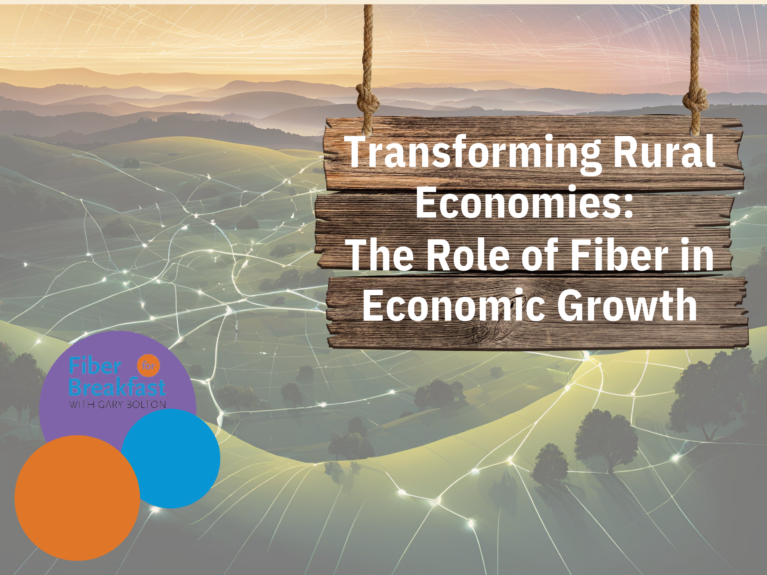Fiber Electrifies Alabama Broadband Plans
Fiber Electrifies Alabama Broadband Plans
As energy companies around the country deploy fiber to improve grid reliability, they open the door to enabling broadband connectivity to previously unserved rural communities. Alabama Power is the latest example of this trend, investing in infrastructure upgrades to add over 1,600 miles of fiber within its service areas since 2017. The company now connects over 1,000 devices on its electric distribution system, allowing for real-time monitoring and grid reconfiguration.
“Fiber allows those devices to talk in real-time and literally at the speed of light be able to reconfigure the grid in milliseconds,” said Arnab Ghosal, Vice President of Connectivity and Innovation at Alabama Power. “When you pair data, fiber, and technology together, you start getting more impactful grid solutions that can keep the lights on and keep more customers on, but it can also give us insights into the grid of where the actual faults might be occurring.”
Alabama Power’s fiber and state regulatory changes have enabled the utility to partner with the state’s electric co-ops and internet companies to deploy fiber by providing middle mile fiber to reach rural areas. They leverage Alabama Power’s existing fiber assets to reduce cost and enable others to open and expand last-mile access for unserved communities. Alabama’s partnership with these electric co-ops delivers over 3,000 miles of middle-mile fiber to 67 counties in the state, together as the Alabama Fiber Network. This and recent deployments across the grid will increase electric reliability and security with the capacity to enable broadband deployment across the state of Alabama.
The state has been allocated $1.4B in NTIA BEAD funding for broadband infrastructure and Alabama Power stands ready to provide dark fiber to ISPs interested in applying for BEAD and other broadband projects.
“We love being able to partner where we have availability and it makes sense, we can help our communities get fiber to the home internet, and it really strengthens that community and helps our state at the end, so that’s a big, big deal for us,” said Ghosal. “And really big shout out to our partners here… we couldn’t do without them, and we want to continue to be able to enable this. So that’s sort of the last mile piece we’re always open and looking for.”
To learn more about how electric utilities are working together to bridge the digital divide, listen to the latest Fiber for Breakfast.



